1. Roofing
One of the most important parts of any home is the roof. An old or damaged roof can quickly lead to large amounts of water damage if not properly addressed. That’s why one section of a 4-Point Insurance Inspection is dedicated to checking the condition of the roof. The inspector will take note of the type of material used on the roof, the date of its installation, and how long it is expected to last. He or she will also look for specific signs of deterioration like soft spots, hail damage, and damaged or missing roof tiles.
2. Electrical
The next area analyzed by the inspector is the home’s electrical system. Improperly installed or out of date electrical can be very dangerous for the home’s inhabitants. Some of the things that an inspector will look for are old materials like cloth or knob and tube wiring, blown fuses, tripping breakers, and corrosion among others. These days there is update inspection technology which makes recognizing these risks easier than ever before.
3. Plumbing
While improper plumbing may not cause immediate physical harm, it can cause serious and long-term damage to a home. During the plumbing portion of a 4-Point Inspection, inspectors will look for signs of prior or active leaks and check all of the main appliances that are connected to water. Examples are sinks, showers, dishwashers, hot water heaters, and washing machines. Over time, even a small, slow leak can become a big issue if not addressed.
4. HVAC
Finally, your inspector will check your HVAC system. HVAC stands for heating, ventilation, and air conditioning, so this part of the inspection checks for the type of heating and cooling systems in the house. Additionally, he will look for potential hazards such as space heaters and wood-burning stoves.
Combined, the four points of this inspection give an insurance company a great deal of information. Each piece of data helps the company to determine whether or not the property is a risk worth taking. If you’re in need of an insurance inspection, contact us today.


